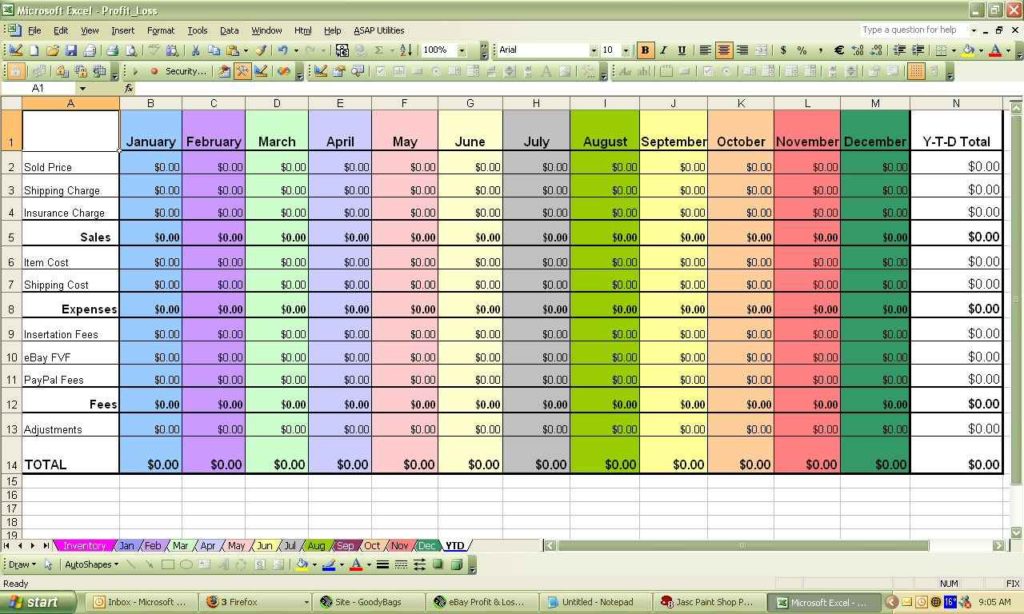Learn Excel Efficiently: Mastering Spreadsheets Easily

Are you finding yourself frequently working with numbers and data? If so, Microsoft Excel is an indispensable tool that can transform your data analysis and organizational tasks. Excel's robust features enable users to perform complex calculations, analyze data, and visualize information in ways that can significantly improve productivity and decision-making. This guide is designed to help you master spreadsheets efficiently by exploring various aspects of Excel, from basic operations to advanced techniques.
Understanding the Excel Interface


Before diving into Excel’s functionalities, it’s beneficial to familiarize yourself with its interface:
- Ribbon: Excel’s commands and tools are grouped here for easy access.
- Formula Bar: Where you can enter or edit formulas and view cell contents.
- Name Box: Shows the reference for the currently selected cell.
- Worksheet: The grid where you enter your data, consisting of rows and columns.
- Quick Access Toolbar: Can be customized to include frequently used commands.
Basic Excel Operations

Entering Data

To start, let’s look at how to enter data:
- Type directly into a cell.
- Press Enter or Tab to move to the next cell.
- Use the arrow keys to navigate within cells.
Basic Formulas and Functions

Excel’s power lies in its ability to perform calculations:
- AutoSum: Click the Σ icon to sum selected cells.
- =SUM(A1:A10): Manually enter this formula to add values in cells A1 through A10.
- =AVERAGE(B1:B10): This calculates the average of values in cells B1 to B10.
💡 Note: Remember, formulas in Excel always start with the equals sign (=).
Advanced Excel Functions

Conditional Formatting

Conditional formatting lets you visually analyze data by applying formats to cells that meet certain criteria:
- Go to Home > Conditional Formatting.
- Choose rules like Highlight Cells Rules or Top/Bottom Rules.
- Select conditions like ‘Greater Than’, ‘Less Than’, or ‘Between’.
Data Analysis Tools

VLOOKUP/HLOOKUP
These functions are essential for looking up data across tables:
- VLOOKUP: Searches vertically in the first column of a range and returns a value from the same row of another column.
- HLOOKUP: Similar, but searches horizontally.
💡 Note: VLOOKUP assumes that the lookup value is in the first column of the table array.
IF Statements
Use IF functions to create decision trees:
- =IF(A1>5, “Yes”, “No”): This checks if A1 is greater than 5; if true, it returns “Yes”, otherwise “No”.
Advanced Charting
Visualizing data can reveal patterns and trends:
- Select your data, then go to Insert > Chart.
- Choose from various chart types like Column, Line, Pie, etc.
- Customize the chart with titles, legends, and axis labels.
Automation and Macros

Recording a Macro

Automate repetitive tasks by recording macros:
- On the Developer tab, click Record Macro.
- Perform the actions you wish to automate.
- Click Stop Recording when done.
- Your macro can now be run from the Macros button in the Developer tab.
Excel VBA

For more complex automation, Visual Basic for Applications (VBA) is your tool:
- Access VBA from the Developer tab by clicking Visual Basic.
- Write code to interact with Excel’s objects.
- Use events to trigger macros automatically.
💡 Note: To view the Developer tab, go to File > Options > Customize Ribbon and check Developer.
In wrapping up, mastering Excel involves understanding its interface, utilizing basic and advanced functions, harnessing the power of automation, and staying updated with Excel’s evolving features. By mastering these skills, you can significantly enhance your productivity, making data analysis and organization not just effective but also enjoyable. Excel’s ability to handle complex datasets with ease can be a game-changer in your professional and personal life.
What are the key features of Excel?

+
Excel includes features like data sorting and filtering, pivot tables, conditional formatting, data validation, various chart types, and the ability to use formulas and functions for complex calculations.
How can I start learning Excel efficiently?

+
Begin with understanding Excel’s interface, focus on basic functions, practice entering data, and slowly move towards learning about formulas, conditional formatting, and automation with macros and VBA.
Is learning VBA necessary to use Excel effectively?

+
Not necessarily. You can be highly efficient with Excel by mastering its built-in functions and tools. However, VBA can significantly enhance your ability to automate repetitive tasks, creating custom functionalities tailored to specific needs.



